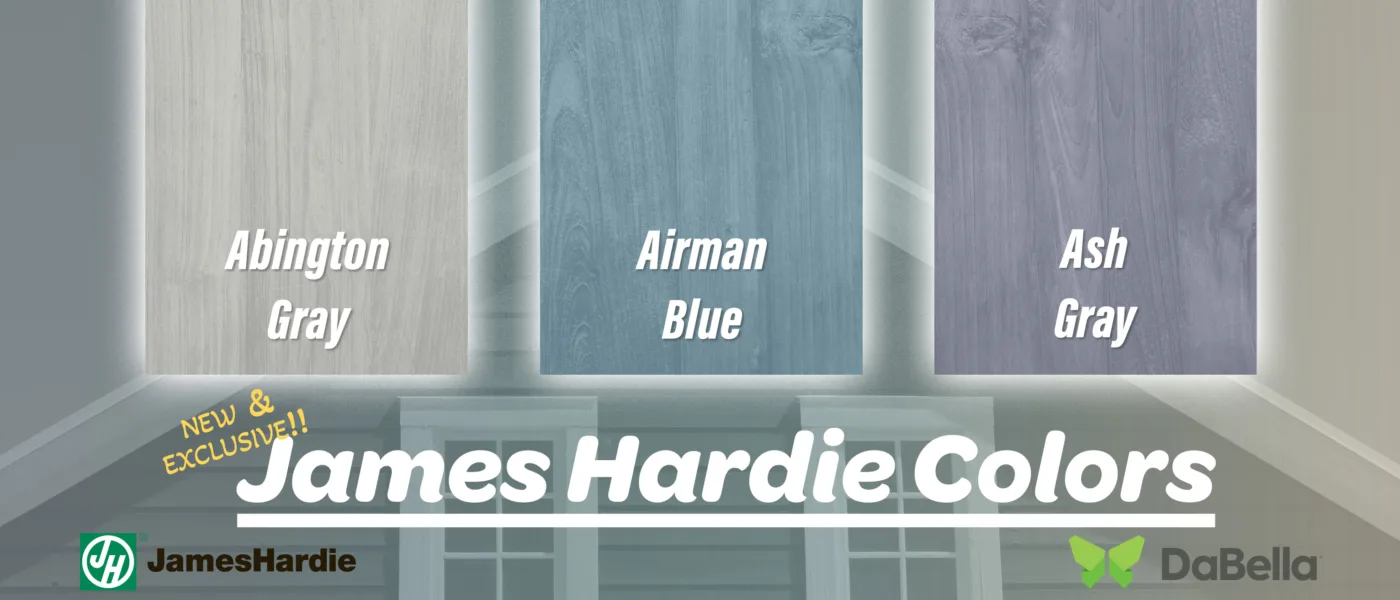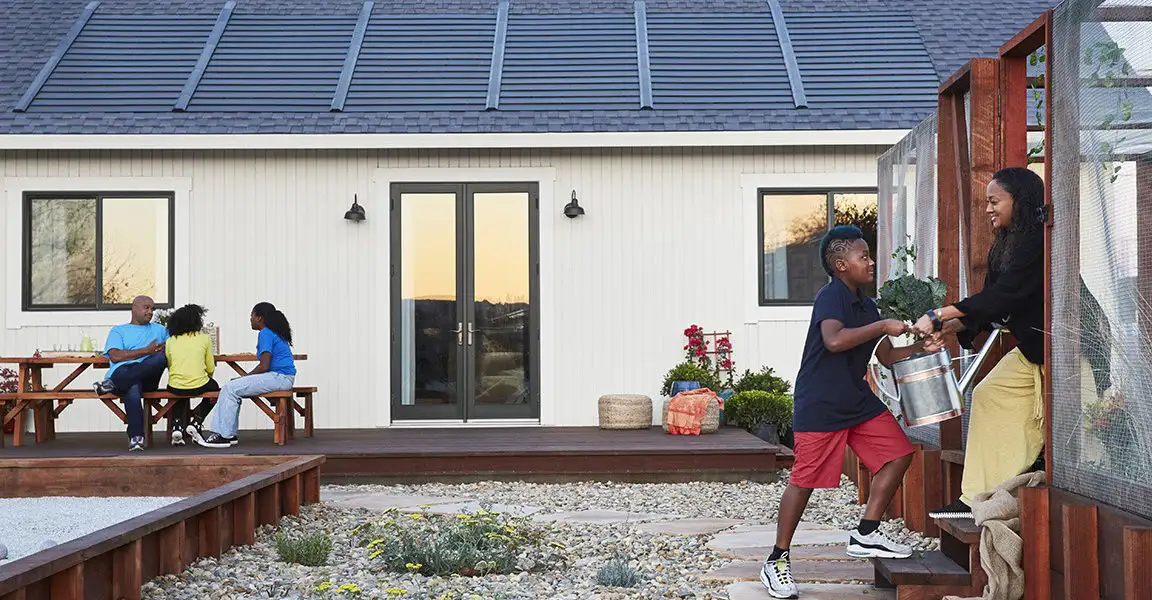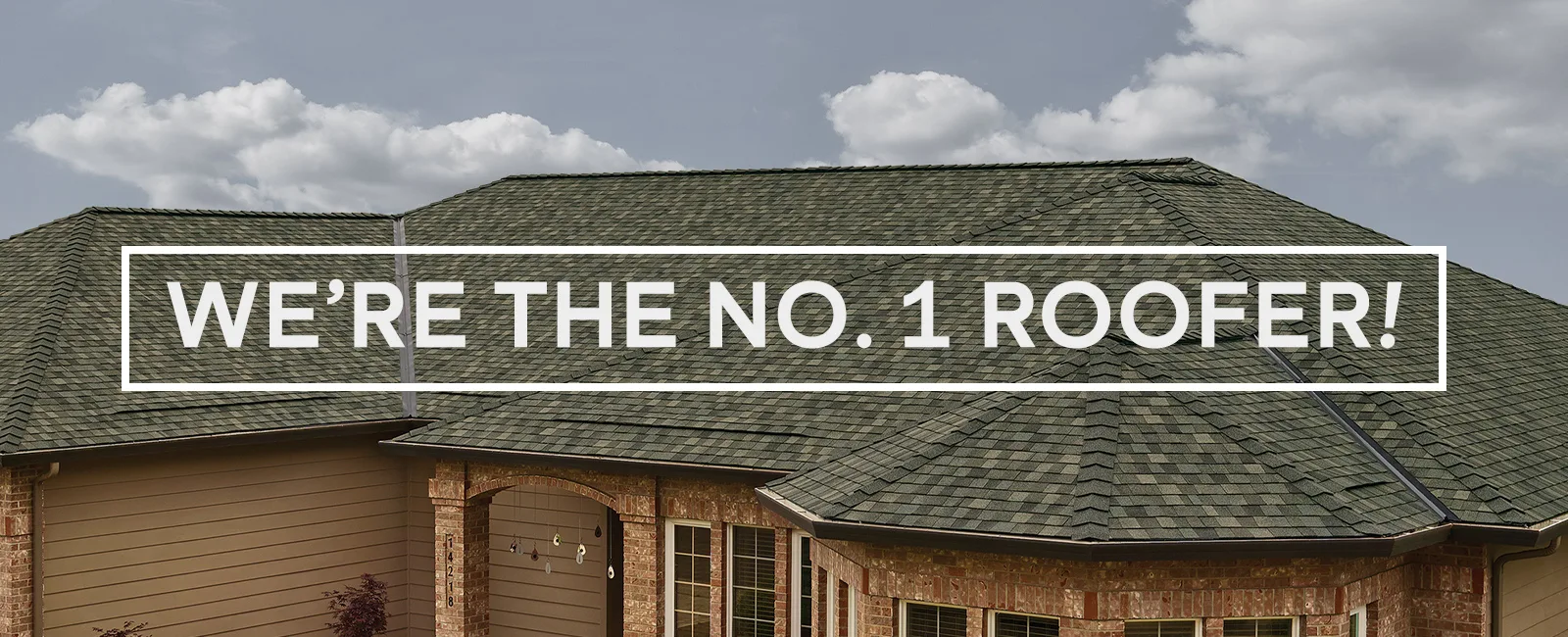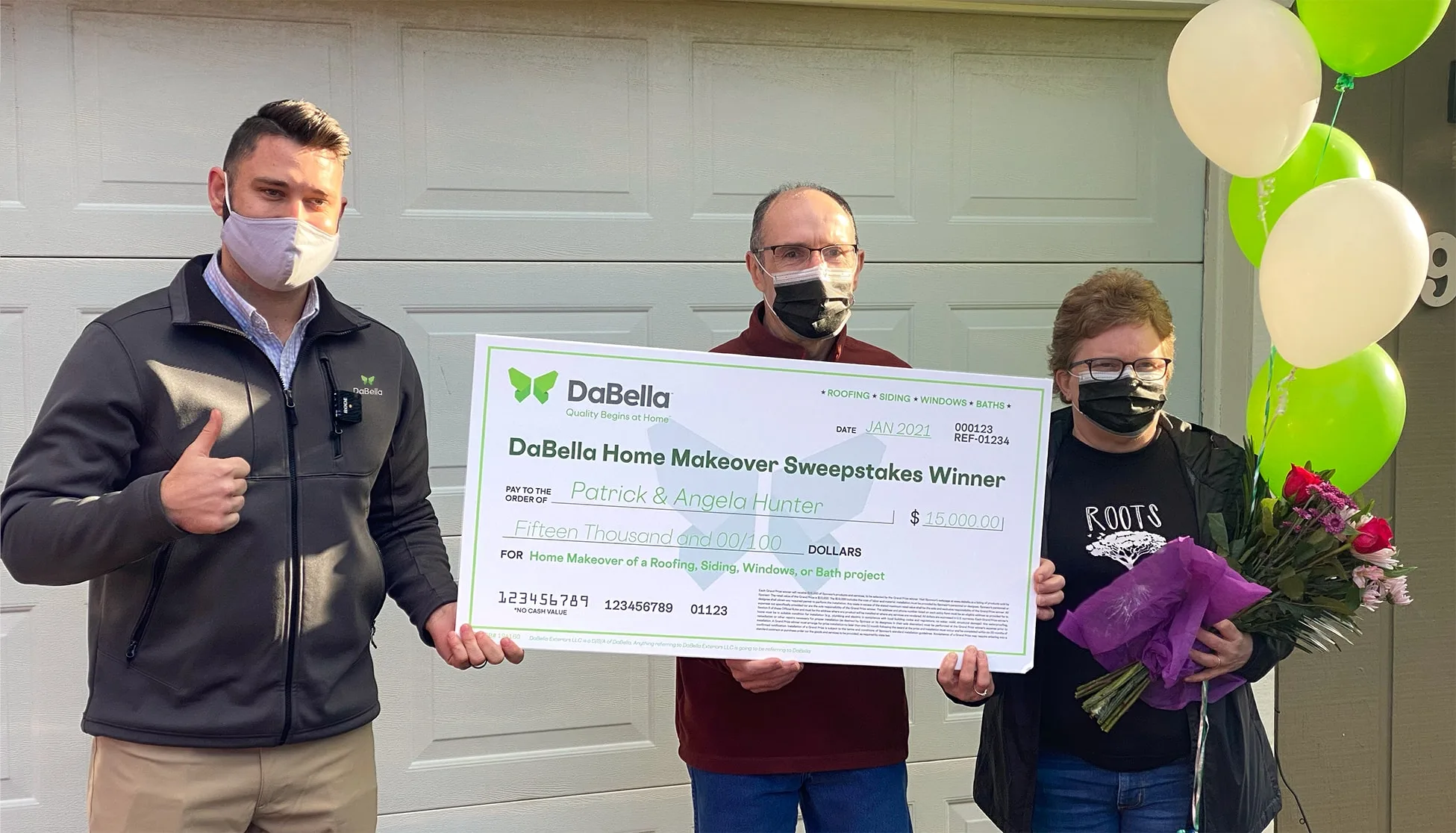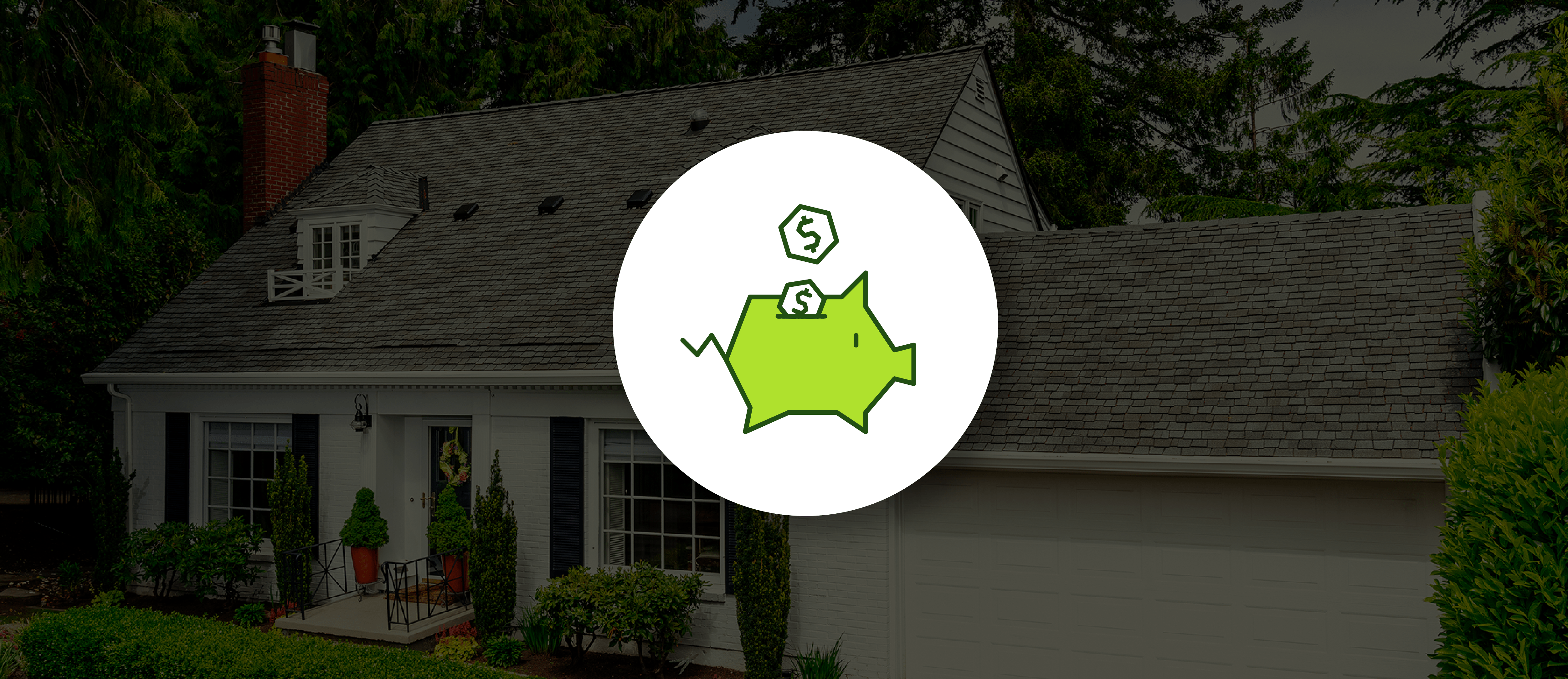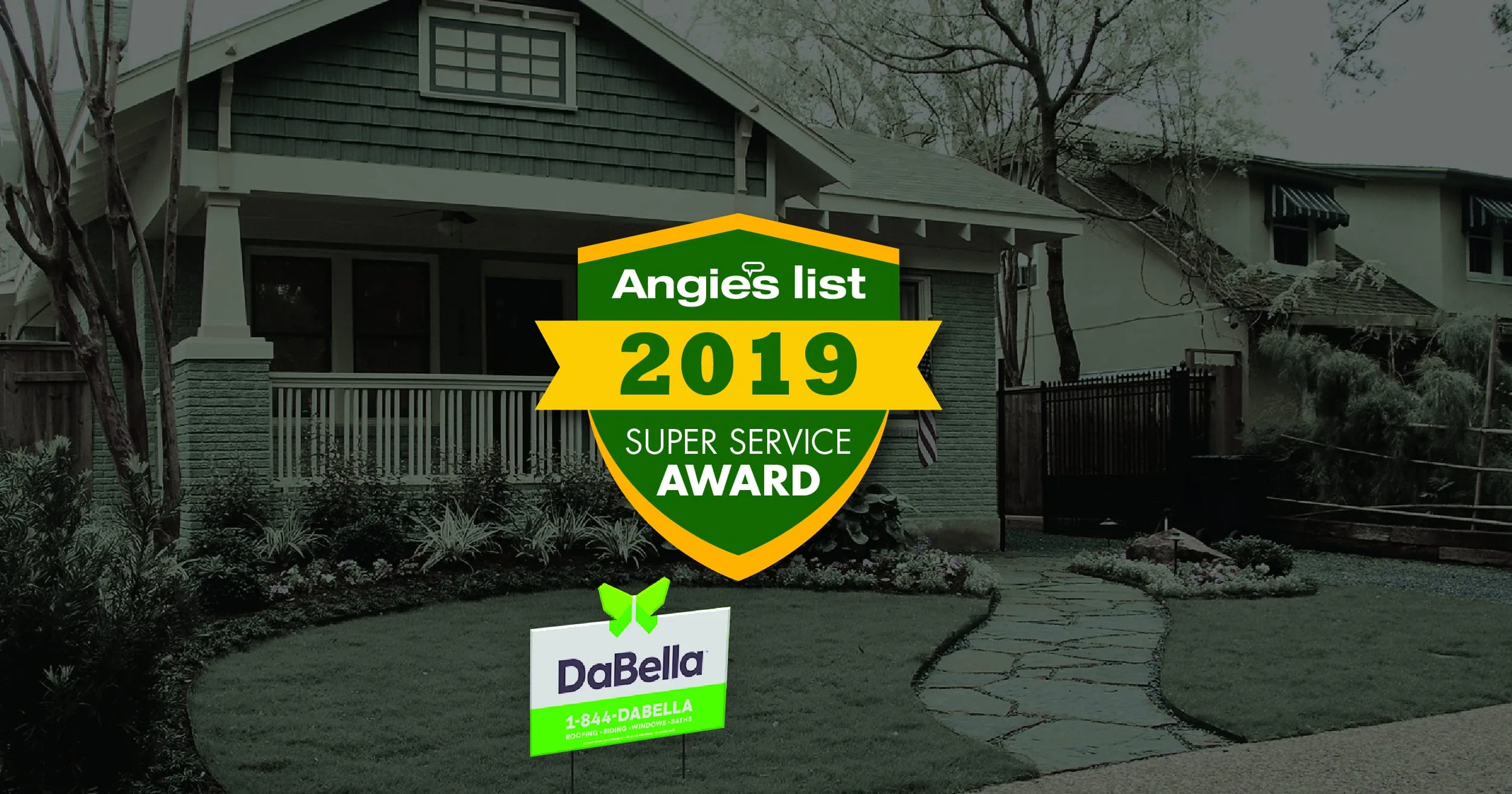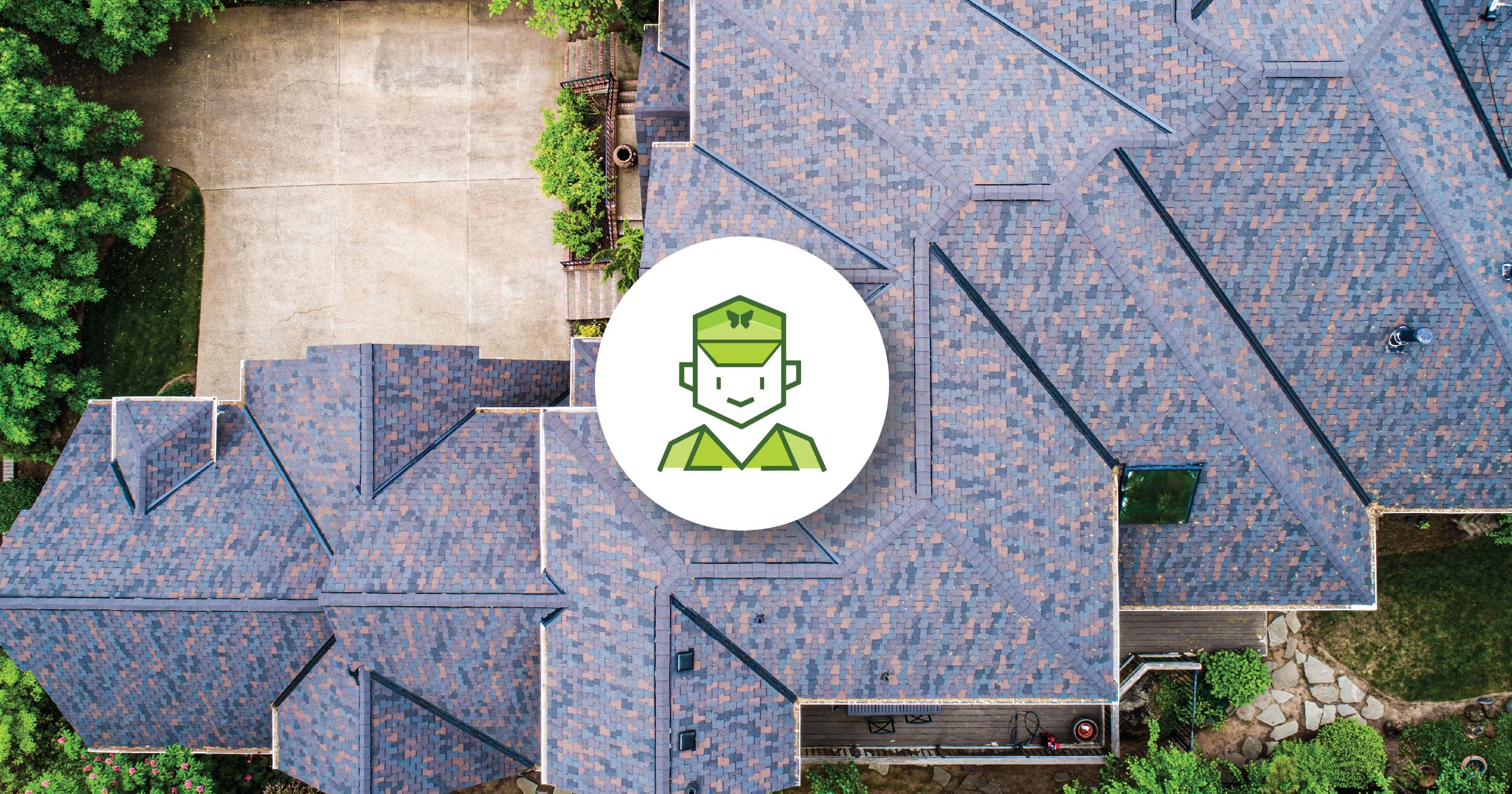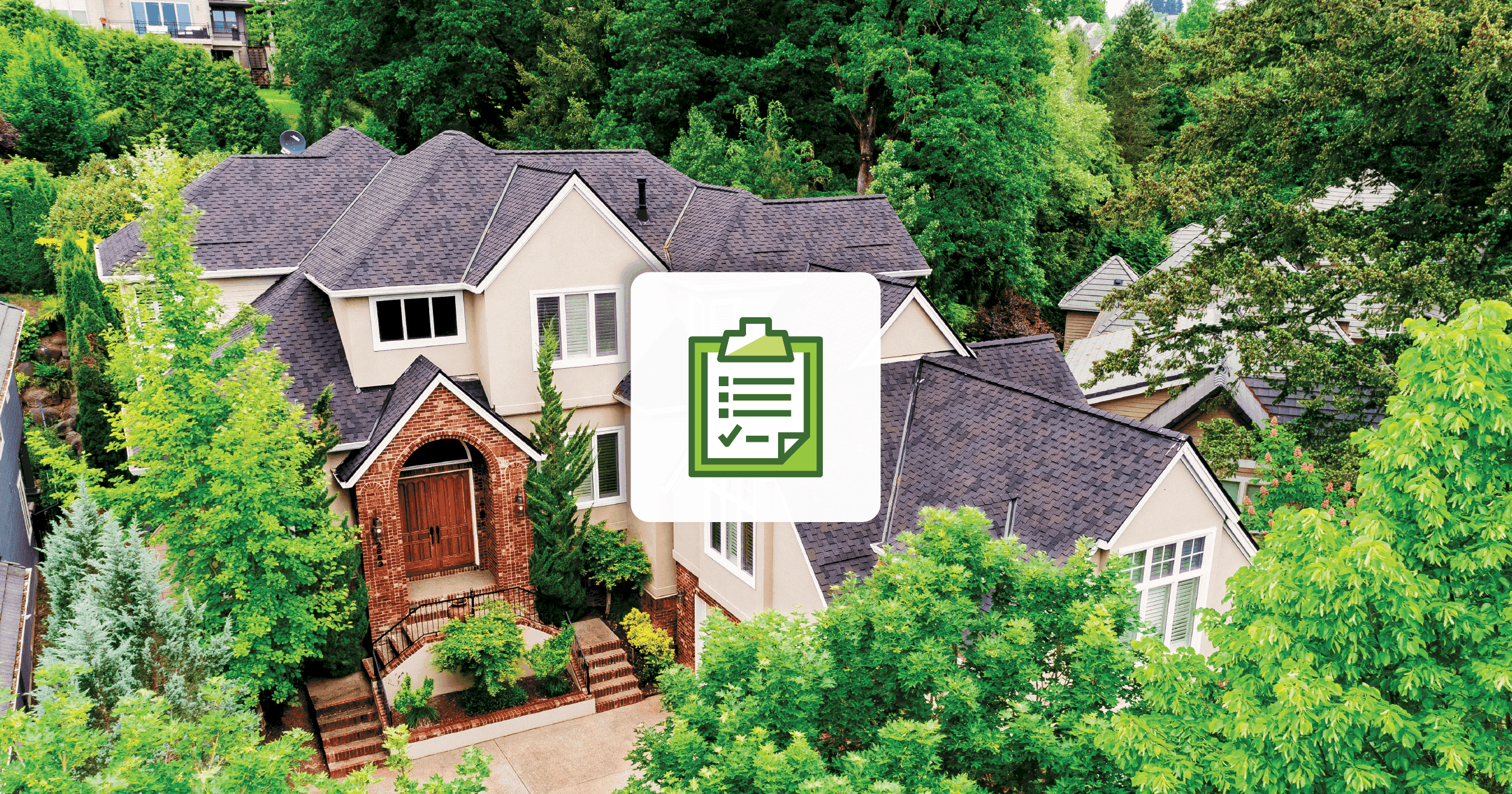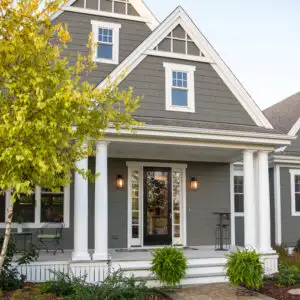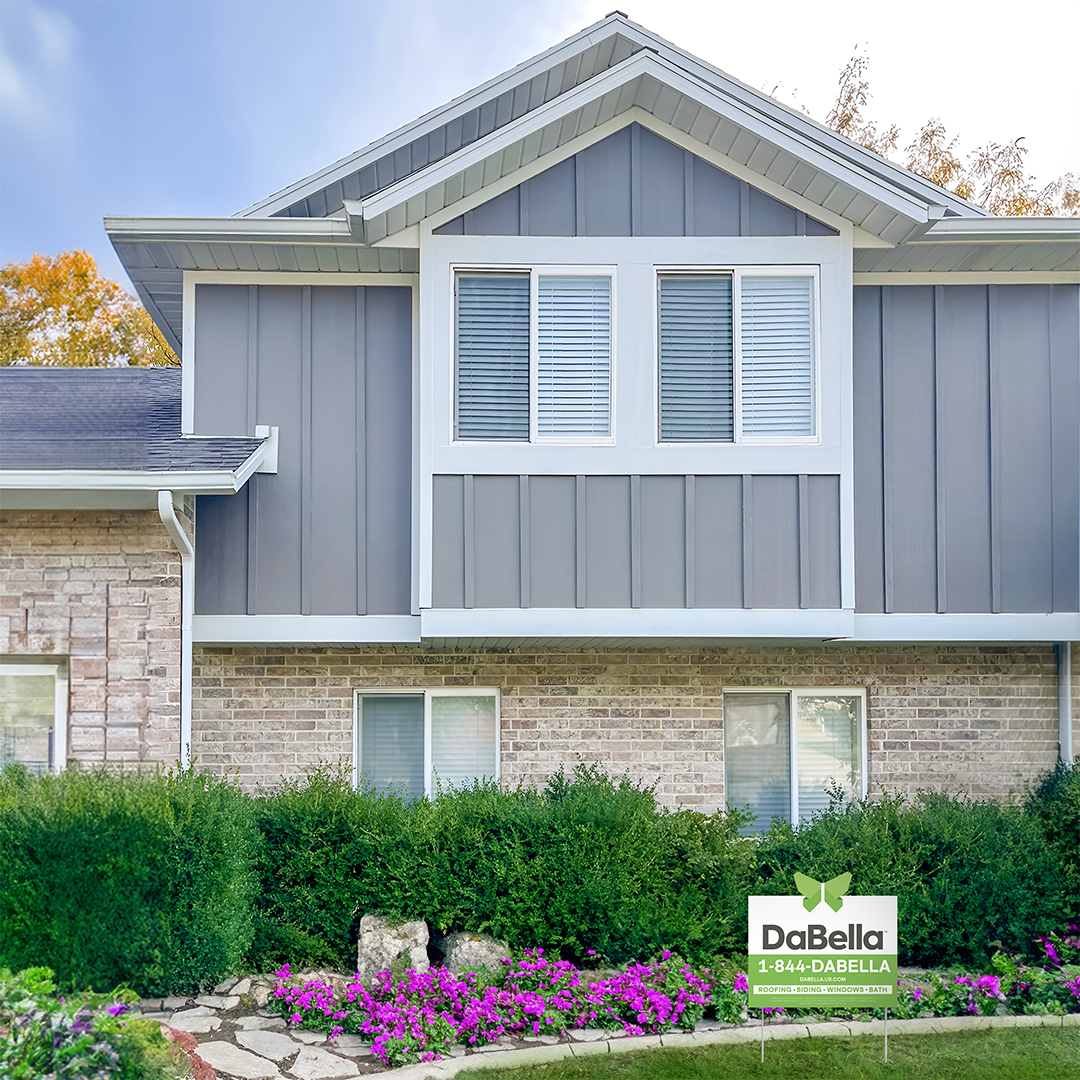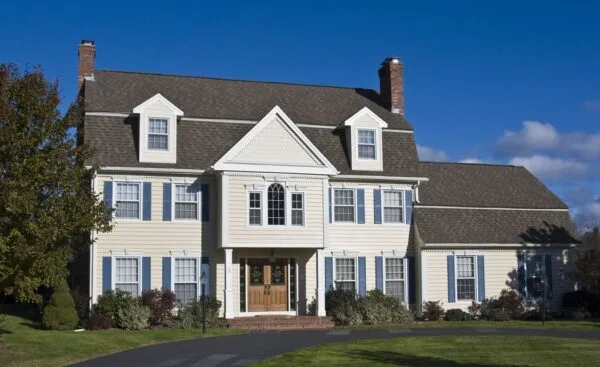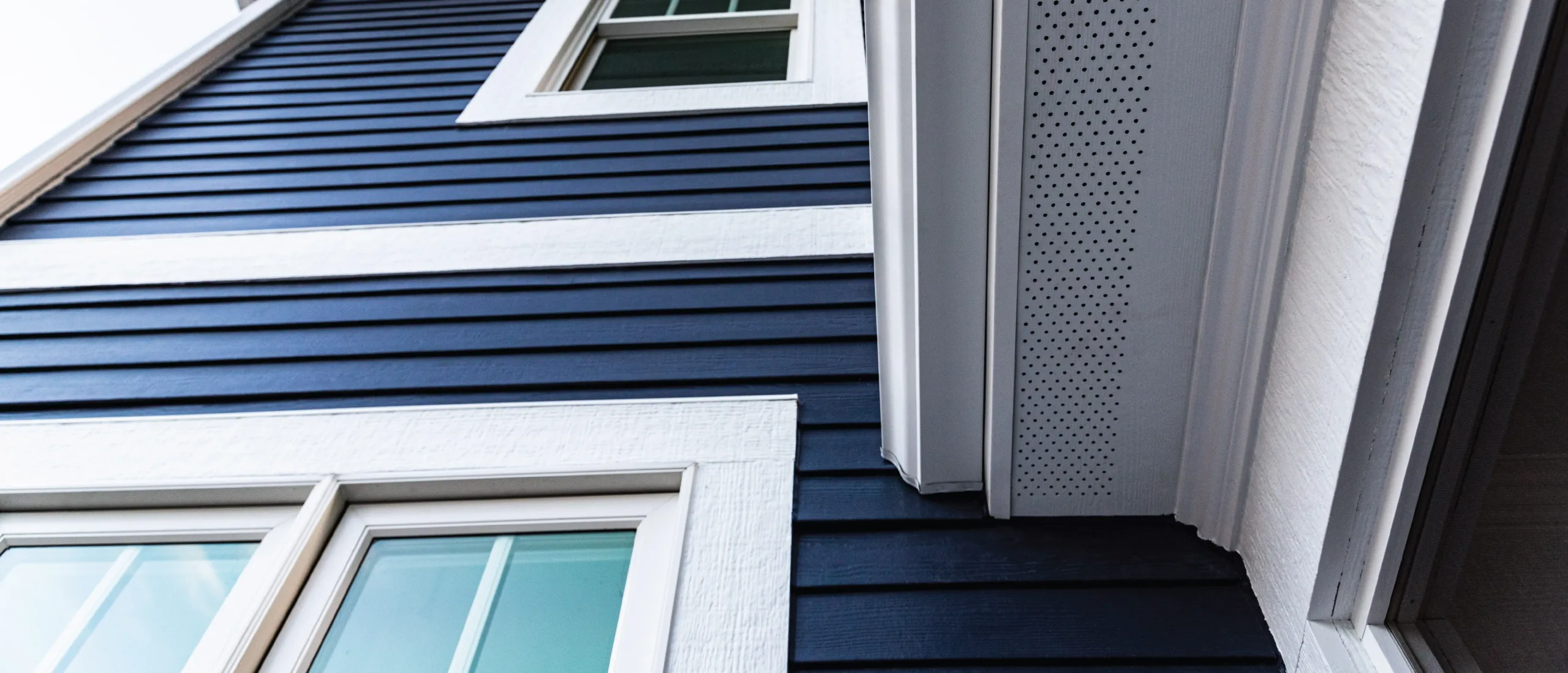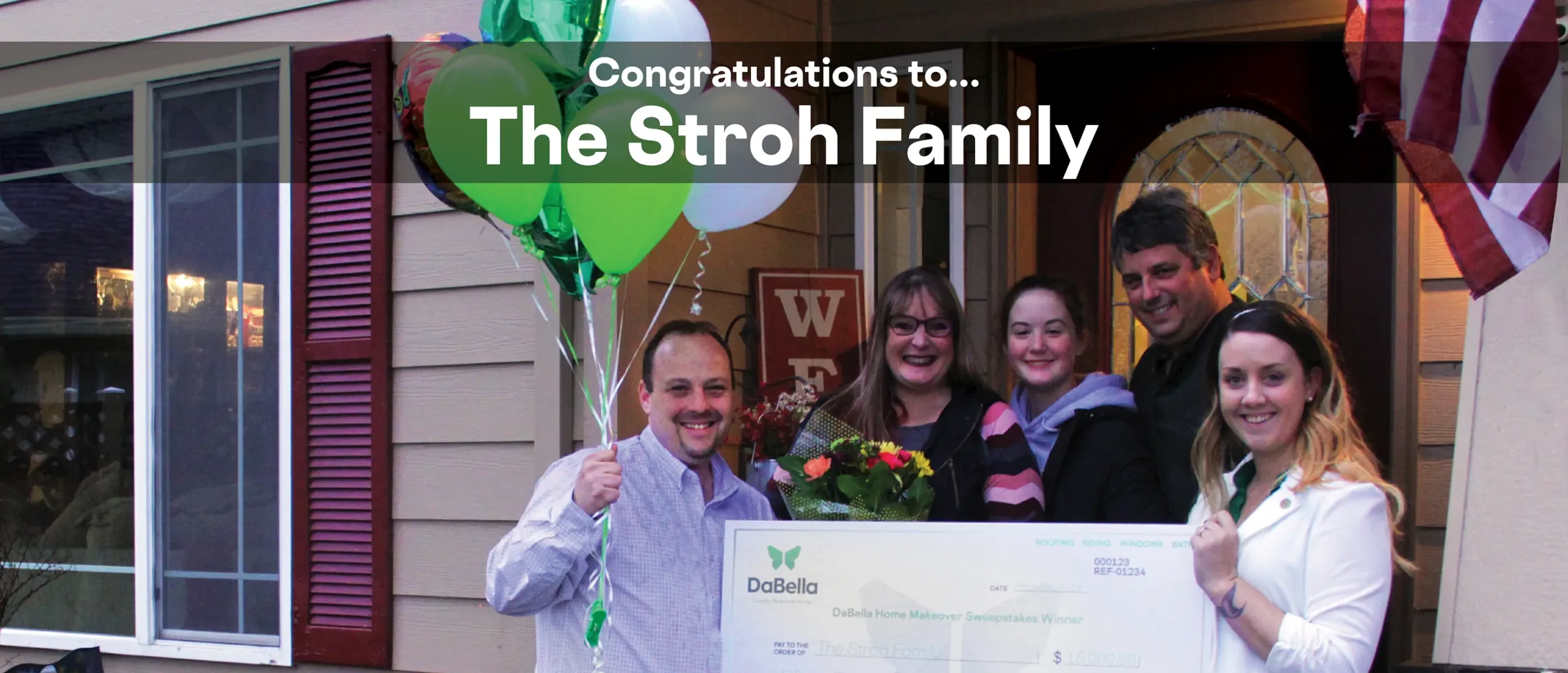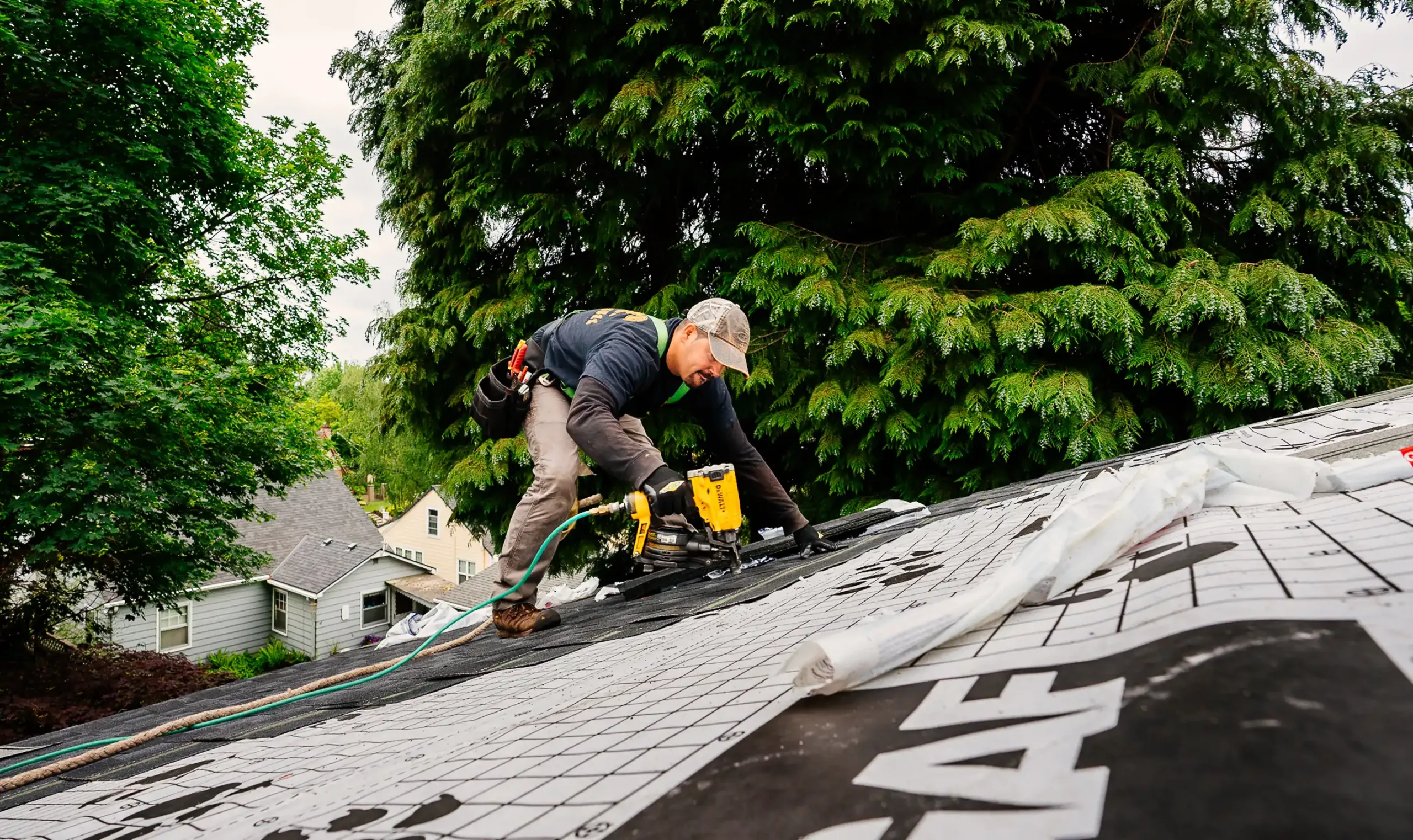DaBella Expands to Springfield, MO
DaBella
2 months ago
0
DaBella Opens Its 64th Location in Modesto, CA
DaBella
2 months ago
0
DaBella Expands to Tulsa, OK
DaBella
3 months ago
0
DaBella Supports Operation Tiny Home
DaBella
3 months ago
0
DaBella Helps Restore Historic Park Fencing in Boise
DaBella
4 months ago
0
Supporting Kerrville, TX Disaster Relief
DaBella
5 months ago
0
DaBella Honors: A Tribute to Those Who Serve
DaBella
6 months ago
0
DaBella Opens First Rhode Island Location in Warwick
DaBella
6 months ago
0
Big Results from a Great Day on the Field!
DaBella
6 months ago
0
DaBella Expands with New Locations in Omaha and St. Paul
DaBella
7 months ago
0
DaBella Partners With The Giving Plate in Bend, OR
DaBella
7 months ago
0
Support August In His Fight Against Cancer
DaBella
9 months ago
0
DaBella Gives Back to Idaho Falls Soup Kitchen
DaBella
9 months ago
0
DaBella Reaches Donation Goal to Las Vegas Nonprofit
DaBella
11 months ago
0
DaBella Partners with Catholic Charities of Northern Nevada
DaBella
11 months ago
0
Twin Falls Spreads Holiday Cheer to the Morales Family
DaBella
11 months ago
0
DaBella Team Serves at Emmanuel Lutheran Church in Boise, ID
DaBella
11 months ago
0
DaBella Opens 53rd Location in Topeka, KS!
DaBella
1 year ago
0
DaBella Opens 52nd Location in Sioux Falls, SD
DaBella
1 year ago
0
Fostering Change with Habitat for Humanity
DaBella
2 years ago
0
Grand Opening of Our 46th Location in St. Cloud, MN!
DaBella
2 years ago
0
DaBella’s New & Exclusive James Hardie Siding Colors
DaBella
2 years ago
0
DaBella Opens 38th Office Location in St. George Utah
DaBella
3 years ago
0
2021 DaBella Sweepstakes Winner: The Wesley Family
DaBella
3 years ago
0
31st DaBella Office Opens in Sacramento
DaBella
3 years ago
0
30th Office Location, Chandler, AZ Opens!
DaBella
4 years ago
0
Top Performing Roofing Company 2021
DaBella
4 years ago
0
DaBella Ranks #15 of Top 500 Remodelers
DaBella
4 years ago
0
DaBella Launches 3 Additional Locations
DaBella
4 years ago
0
DaBella Recognized as 2021 Guildmaster Award Winner
DaBella
4 years ago
0
DaBella Opens 26th Location with Twin Falls
DaBella
4 years ago
0
DaBella Opens Office in San Diego California
DaBella
4 years ago
0
DaBella Earns 2020 Angie’s List Award
DaBella
4 years ago
0
DaBella Opens 24th Location in Colorado Springs
DaBella
4 years ago
0
2020 DaBella Sweepstakes Winner: The Hunter Family
DaBella
4 years ago
0
James Hardie & GuildQuality Award 2020
DaBella
5 years ago
0
4 Ways to Save Money On Home Improvement Projects
DaBella
5 years ago
0
DaBella Awarded GAF Presidents Club
DaBella
5 years ago
0
DaBella Ranked as Top Performing Roofing Company
DaBella
5 years ago
0
DaBella Opens 4 Additional Offices
DaBella
5 years ago
0
DaBella Opens 19th Office in Yakima, Washington
DaBella
5 years ago
0
DaBella Awarded Best Of Houzz 2020
DaBella
5 years ago
0
DaBella Earns 2019 Angie’s List Super Service Award
DaBella
5 years ago
0
How to Find a Contractor For Home Renovations
DaBella
5 years ago
0
2019 Sweepstakes Winner: The Jones Family
DaBella
5 years ago
0
DaBella Opens First Office in Nevada
DaBella
6 years ago
0
New Branch Opening on the Olympic Peninsula in WA
DaBella
6 years ago
0
2019 Window Sweepstakes Winner: Annett Brock
DaBella
6 years ago
0
DaBella named Qualified Remodeler’s Top 500 for 2019
DaBella
6 years ago
0
How to Choose Fiber Cement and Vinyl Siding Colors
DaBella
6 years ago
0
Top Home Improvement Projects
DaBella
6 years ago
0
Advantages of James Hardie Fiber Cement
DaBella
6 years ago
0
2019 Sweepstakes Winner: The Belcher Family
DaBella
6 years ago
0
GuildQuality’s 2019 Guildmaster Award Honors DaBella
DaBella
6 years ago
0
DaBella Earns Prestigious Award from GAF Roofing
DaBella
6 years ago
0
Angie’s List Super Service Award
DaBella
6 years ago
0
DaBella Announces New Office in Tri-Cities Washington
DaBella
6 years ago
0
DaBella Announces Comprehensive Rebranding
DaBella
7 years ago
0
Rêve Exteriors joins forces with DaBella Exteriors
DaBella
7 years ago
0
DaBella Opens New Office In Olympia, WA
DaBella
7 years ago
0

















































